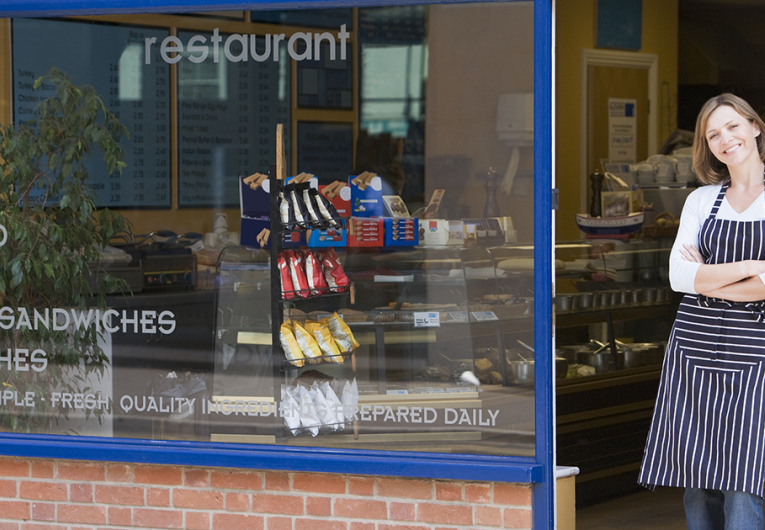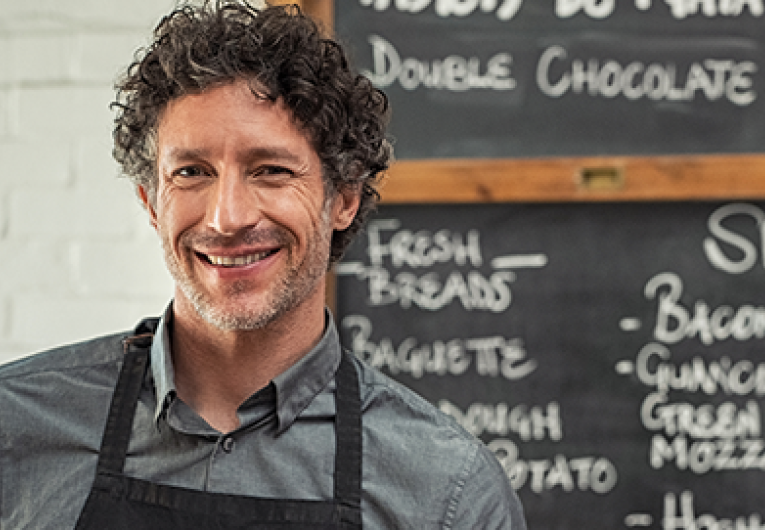
Today’s Special:
If you run a restaurant, you’re used to dealing with changing consumer tastes. What you may not be prepared for, however, is a change in consumer behavior that’s shifting dollars from restaurants to grocers selling convenient, prepared foods.
The statistics are noteworthy. In a recent Mintel study, American Lifestyles 2013: Five Years Later, 46% of respondents stated that they spend less money dining out than they did before the recession. This decrease in restaurant spending correlates with a 31% increase on in-home food.
While tighter budgets may be the catalyst, grocers have capitalized by providing options that appeal to the tastes and budgets of time-pressed consumers. It’s a move that has restaurants seeking new ways to compete for share of wallet.
Here are six for you to consider:
Fine-tune your takeout
You likely offer takeout, but is it a serious effort or just an afterthought? To win back consumers who see grocers as your equal, offer dishes they’re drawn to but aren’t easily duplicated. Be nimble and adapt to trends grocers can’t keep up with. Use bounce-back offers to promote additional to-go sales and find the sweet spot between restaurant quality and value pricing.
Don’t stop at the menu, either. Consider a special takeout area or ultra-convenient pick-up window. A popular pizza restaurant in one resort town devotes an entire separate building exclusively to takeout traffic. If your website enables takeout, make sure it’s prominent and simple.
Branded food trucks
While not for everyone, branded food trucks are still one of the fastest growing trends in the business. If your menu travels well (and you can parallel park), going mobile is an effective way to reach new customers and get your name out there. The Food Truck Handbook: Start, Grow, and Succeed in the Mobile Food Business, available on amazon.com sums up how to do it.
Pop-up shops
Pop-ups are go-anywhere kiosks that provide reach beyond the streets. Music festivals, sporting events–even the local mall–are just some of the food-fueled venues where these nimble nosh huts thrive. While food is the focus don’t overlook design. A well-branded attention-getting pop-up is also a fantastic billboard. To see how pop-ups compare to other restaurant delivery channels, check out the infographic at payments.intuit.com/popup-restaurant/
Learning events
One clear advantage restaurants can leverage is the knowledge and skill of their culinary staff. Offer chef-taught classes that value-minded grocery shoppers can’t resist, like how to coax an incredible wrap from everyday leftovers or make the most of a cut of meat. With food sensitivities an issue for many, address consumer concerns with classes on gluten- and lactose-free cooking.
Consider the source
You’re far more likely to know where the food you serve comes from than your counterparts at the large grocery chain. Market to the growing number of consumers who feel it’s important to know the source of the foods they eat. If your restaurant specializes in farm-to-table dining, consider a farm-to-takeout menu for source-conscious foodies.
Strike a licensing deal
Before California Pizza Kitchen became a fixture in grocer’s freezers, it competed for food dollars just like you. Is there an entrée you have that a grocer might sell? A unique marinade or pasta sauce you’re known for? If it drives retail traffic, you could have a win-win with your biggest competitors.
The trends, insights, and solutions you need to grow your business.
By signing up, you’re subscribing to our monthly email newsletter, The
Wire. You may unsubscribe at any time.
Your information stays safe with us. Learn more about our privacy
policy.











![[#MSP_NAME#] Logo](/themes/sparklight_business/images/transition-logos/migration-banner-logo-[#MSP_CD#].png)
